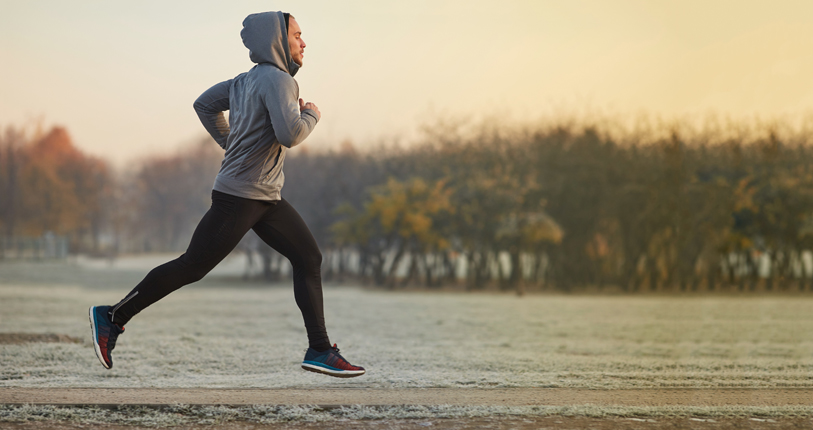Running is one of the most popular and easiest forms of exercise, and has been for quite some time – the earliest records of competitive racing date back almost 4,000 years! Part of the attraction is that you don’t need specialised gym equipment or dedicated training – just lace up your shoes, and off you go. Here are some top tips to help you get the most from your running sessions, while ensuring you don’t inadvertently injure…
Buy the right shoes. There’s no need to fork out a fortune for state-of-the-art running shoes, but buying a very cheap pair is a bad idea. They’re unlikely to last and could end up hurting your feet. Consider buying running shoes from a specialist sports shop. The staff can advise on the best type of shoes to fit your needs. If you have high arches, for example, cushioned shoes with high flexibility may be best, while those with flat feet should opt for a more stable shoe with a firm sole.
Start off gradually. Start with running sessions of no more than 20 minutes, three days a week. Then gradually extend both the length of each session, and the number of days on which you exercise. Listen to your body, and only increase the length or frequency of your sessions when you feel comfortable doing so. The same idea applies to pace. When you first start running, you’ll benefit from a slower jogging pace that allows your body time to build up speed and endurance over a number of weeks.
Warm up and stretch. This will help you reduce the risk of muscle injury. Warming up literally raises the temperature of your body and helps your muscles and cardiovascular system work more efficiently during exercise. A few simple stretches and a few minutes’ brisk walking should serve to get your temperature up and your blood pumping.
Running isn’t rocket science, but by ensuring that you do it right, and have planned both the length and frequency of each session, you’ll experience greater benefits and lose weight steadily.

